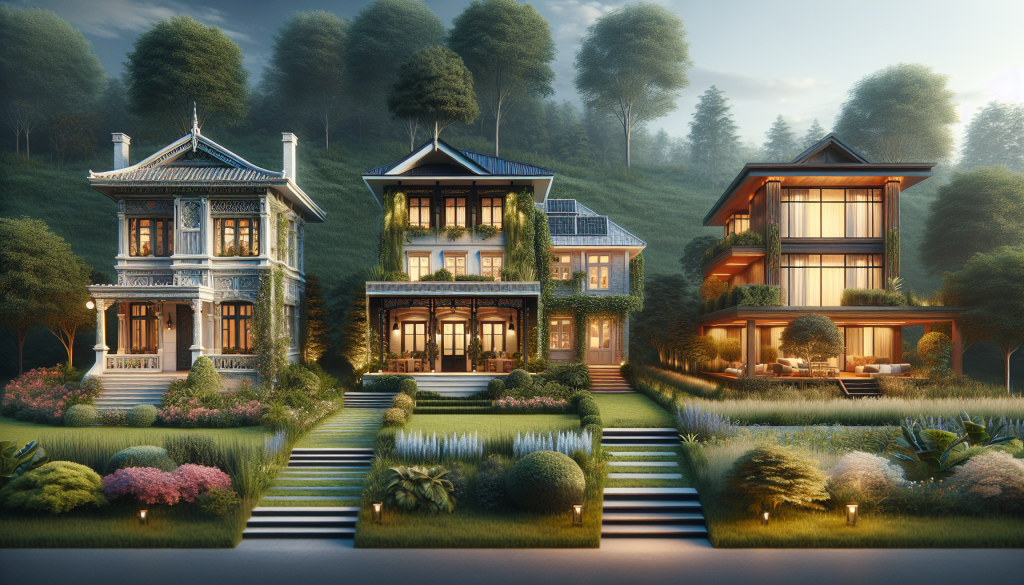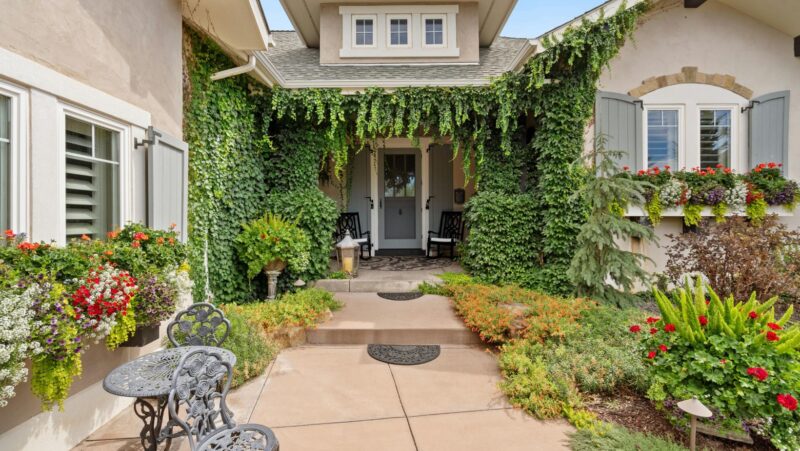
Envisioning the perfect home often begins with selecting an architectural style. This choice influences both the aesthetic and practical aspects of a house, shaping everything from the curb appeal to the flow of daily life. Possibilities range from the grandeur of classic designs to the simplicity of modern architecture. At the forefront of bringing these visions to life, firms like jcdbuild.com play a crucial role in transforming ideas into reality, collaborating with you to translate your preferences into a stunning and functional living space.
Traditional Architecture: A Timeless Appeal
Traditional architecture offers a warm, comforting atmosphere that many find appealing. This style incorporates elements from various historical periods, providing homes with a sense of history and elegance. Whether it’s the balanced proportions of colonial houses, the intricate woodwork of Victorian residences, or the cozy ambiance of Tudor-style cottages, each has its unique charm. Opting for traditional architecture means choosing a home that combines historical beauty with personalization and modern functionality.
Traditional architectural styles often feature ornate details and high-quality materials that showcase the craftsmanship of a bygone era. From the intricate moldings and millwork to the hand-carved wooden elements, these homes exude a sense of warmth and character that is difficult to replicate with modern building techniques. The richness of these details adds depth and interest to the house, making it feel like a true reflection of the owner’s personality and taste.
Contemporary Design: Modern and Minimalist
In contrast, contemporary design focuses on the present and near future, characterized by minimalism, clean lines and innovative materials. This architectural style is all about embracing new trends, functionality, and sustainability. Features like large windows, open layouts, and minimal decoration allow for abundant natural light, creating spacious and welcoming interiors. Contemporary homes often blend indoor and outdoor spaces, enhancing living experiences. Choosing contemporary architecture means opting for a home that is both beautiful and practical.
Another hallmark of contemporary architecture is the use of innovative building materials and technologies. From high-performance glass and insulated panels to cutting-edge home automation systems, these homes are designed to be both beautiful and functional. By incorporating the latest advancements in building science, contemporary homes can provide unparalleled comfort, convenience and energy efficiency, making them an attractive choice for forward-thinking homeowners.
Sustainable Homes: Environmentally Friendly Living
Environmental sustainability has become a priority for many homeowners, leading to an interest in green architecture. These designs aim to reduce environmental impact through energy efficiency and sustainable material use. Incorporating solar panels, effective insulation and water conservation systems can help lower utility bills while reducing the carbon footprint. Sustainable homes demonstrate that it is possible to live in a way that is both environmentally conscious and design-forward, offering long-term savings and a healthier living environment.
Selecting an architectural style for your dream home is a personal journey influenced by individual lifestyles, tastes and surroundings. Whether you’re drawn to the elegance of traditional architecture, the clean lines of contemporary design, or the sustainability of green homes, collaborating with skilled professionals is key. Teams experienced in innovative projects provide the necessary insight and ingenuity to realize your vision. Remember, your home is a reflection of your life, embodying your past, present and future aspirations.
In addition to energy efficiency, sustainable homes often incorporate features that promote healthy indoor air quality and a connection to nature. This can include the use of non-toxic, eco-friendly building materials, as well as the incorporation of biophilic design elements like living walls, indoor gardens and abundant natural light. By creating a home that is in harmony with its environment, both inside and out, sustainable architecture can help promote a sense of well-being and contentment for its occupants.














